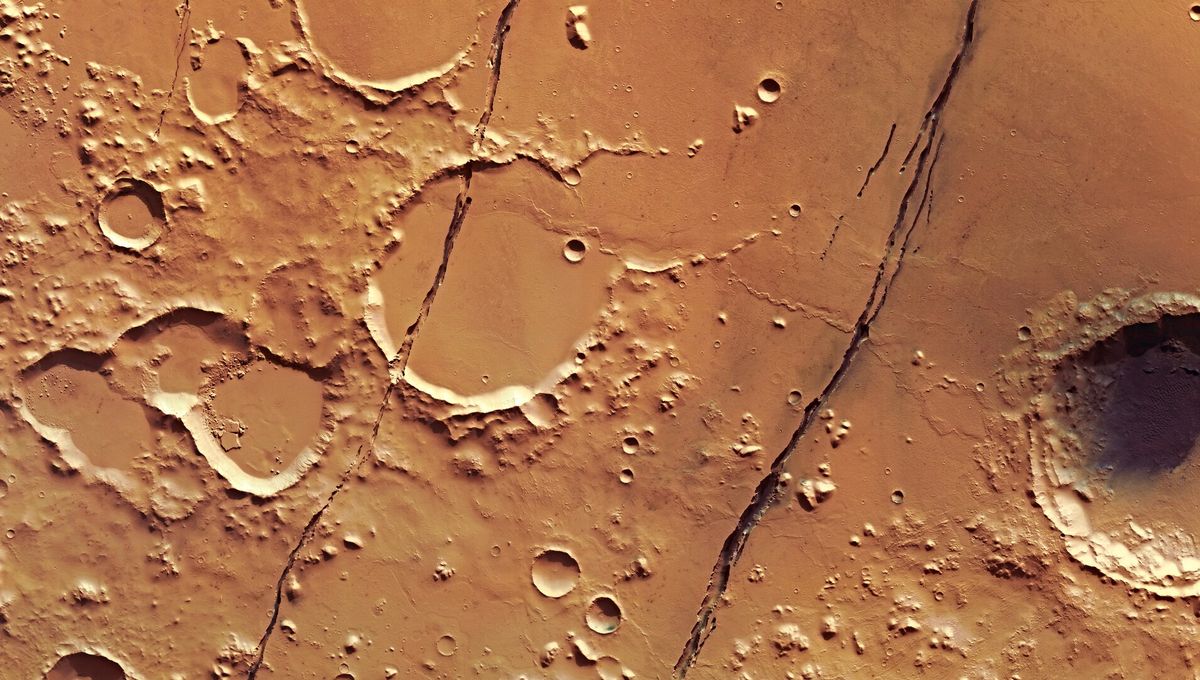
Seismic signals collected over the last few years have led scientists to reconsider a previous idea about Mars. The planet is likely to still have magma, and it may plays an active role in changing the Martian surface. Many marsquakes appear to have been generated by a possible volcanic feature. If that is the case, our view of Mars might dramatically change.
There are two confirmed volcanically active worlds in the Solar System: Earth and Io, one of the major moons of Jupiter. Venus is suspected to have volcanism too, and some of the icy moons have geothermal vents deep in their oceans. The Moon used to be volcanic, and so did Mars. The tallest mountain in the Solar System, Olympus Mons, is an extinct volcano three times the height of Mount Everest.
But on Mars, volcanism had been seen as a thing of the past. The arrival of NASA’s InSight a few years ago changed all that. The lander recorded over 1,300 marsquakes. And, while at least a couple were caused by meteorites striking the surface, many came from the region known as Cerberus Fossae, a series of rifts formed by faults.
The epicenter of these tremors seems to be near a peculiar structure called the Cerberus Fossae Mantling Unit. Darker deposits of dust have been seen in every direction from this structure, suggesting this could be a young volcanic fissure.
“The darker shade of the dust signifies geological evidence of more recent volcanic activity – perhaps within the past 50,000 years – relatively young, in geological terms,” lead author Simon Stähler, from the Institute of Geophysics, ETH Zurich, said in a statement.
The Cerberus Fossae region has been compared to a baking cake. Just as cracks form in a cake while it’s in the oven, the rifts are the product of the crust being pulled apart. Unlike the cake, though, which cracks as it rises, this is due to the volcanic region sinking.
“While there is much more to learn, the evidence of potential magma on Mars is intriguing,” added Anna Mittelholz, Postdoctoral Fellow at ETH Zurich and Harvard University.
NASA’s InSight is almost at the end of its life. Operating for almost twice as long as expected, its solar panel are now covered with dust and they can no longer get enough power to keep everything running. It is expected to shut down in December; but, what a legacy it leaves behind.
“InSight’s SEIS [Seismic Experiment for Interior Structure] is the most sensitive seismometer ever installed on another planet,” added Professor Domenico Giardini, also at ETH Zurich. “It affords geophysicists and seismologists an opportunity to work with current data showing what is happening on Mars today – both at the surface and in its interior.”
The paper was published in Nature Astronomy.
Source Link: Magma Is Likely Still A Major Force Shaping Mars